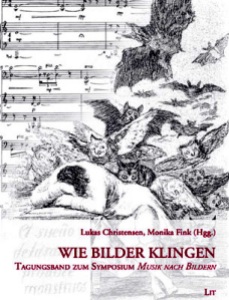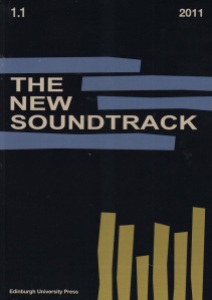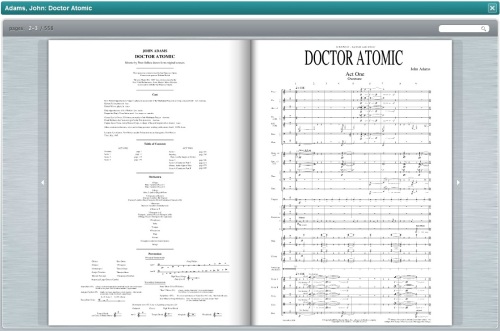 The “Idol” television format has gone global, and since 2004 an Indian version has featured amateur singers of popular Indian film songs. Seeing this, the producer Subhashree Thanikachalam (left)—who had already pioneered three successful television series focused on Indian music—decided to try a version presenting young performers in the classical South Indian tradition.
The “Idol” television format has gone global, and since 2004 an Indian version has featured amateur singers of popular Indian film songs. Seeing this, the producer Subhashree Thanikachalam (left)—who had already pioneered three successful television series focused on Indian music—decided to try a version presenting young performers in the classical South Indian tradition.
The result, Carnatic Music Idol, has run for two highly successful seasons and is preparing a third one. The series has done much to raise awareness of the tradition and to help viewers to understand the technical intracacies of its performance. The final rounds even call for a full rāgam-tānam-pallavi, a tour de force that was formerly considered too esoteric for general audiences.
This according to “An idol among TV shows” by Gayathri Sundaresan (Sruti 321 [June 2011] pp. 55–58. Below, excerpts from the 2011 finals.
Related articles:













